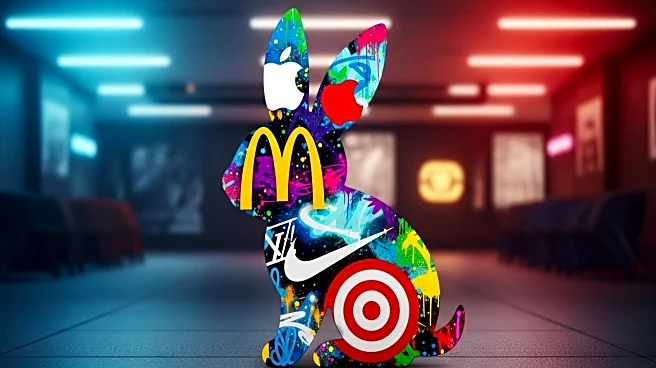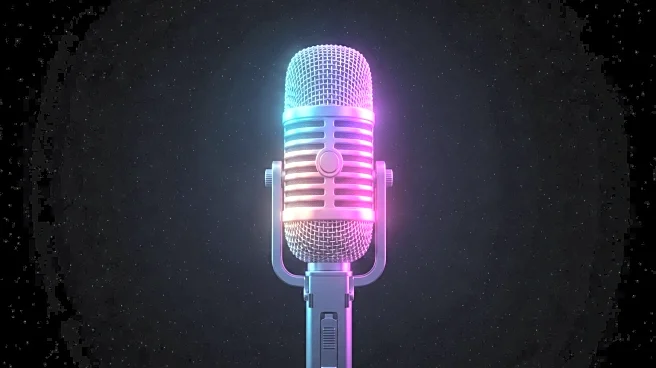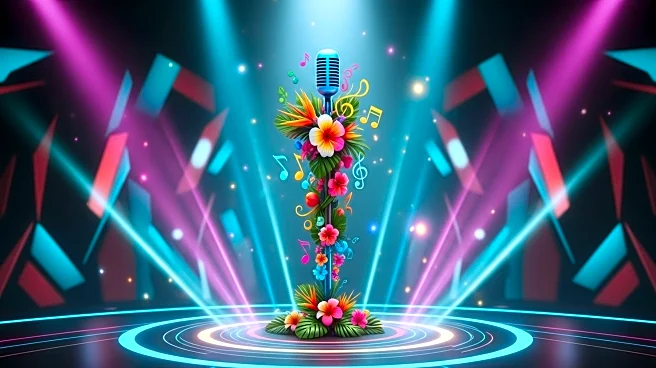What's Happening?
Bad Bunny, a prominent musician known for his diverse musical influences and cultural impact, has become a highly sought-after brand endorser in the United States. His recent announcement as the headliner for the Super Bowl LX halftime show has significantly increased interest in related events, as evidenced by a 501% surge in searches for accommodations in Santa Clara, California. Bad Bunny's appeal extends beyond music; he is also recognized as a record producer, actor, wrestler, activist, philanthropist, and fashion icon. His collaborations with brands such as Calvin Klein, Adidas, Corona, Gucci, and Crocs highlight his influence and ability to connect with a young, diverse audience. These partnerships often reflect his cultural heritage and social stances, making him a distinctive marketing partner.
Why It's Important?
Bad Bunny's influence in the brand endorsement space underscores the growing importance of cultural and social relevance in marketing strategies. His ability to attract a diverse audience makes him an ideal partner for brands aiming to reach historically marginalized groups. This trend reflects a broader shift in the marketing industry, where authenticity and cultural representation are becoming key factors in brand partnerships. Companies that align with Bad Bunny can benefit from his widespread appeal and the positive association with his social and cultural advocacy. This development highlights the evolving landscape of brand endorsements, where traditional metrics like financial gain are increasingly balanced with creative and cultural alignment.
What's Next?
As Bad Bunny continues to expand his influence through high-profile endorsements and performances, brands may increasingly seek partnerships that emphasize cultural authenticity and social impact. His upcoming Super Bowl performance is likely to further elevate his status and attract additional brand collaborations. Companies may also explore new ways to integrate his cultural and social values into their marketing strategies, potentially leading to more innovative and inclusive campaigns. The success of these partnerships could inspire other artists and brands to pursue similar collaborations, further transforming the marketing landscape.
Beyond the Headlines
Bad Bunny's approach to brand endorsements highlights the ethical and cultural dimensions of modern marketing. His emphasis on creativity and respect for his cultural heritage sets a precedent for how artists can engage with brands in a way that aligns with their personal values. This approach challenges traditional notions of celebrity endorsements, where financial incentives often overshadow creative and cultural considerations. As more artists and brands adopt this model, it could lead to a more diverse and inclusive representation in advertising, reflecting broader societal shifts towards cultural awareness and social responsibility.










